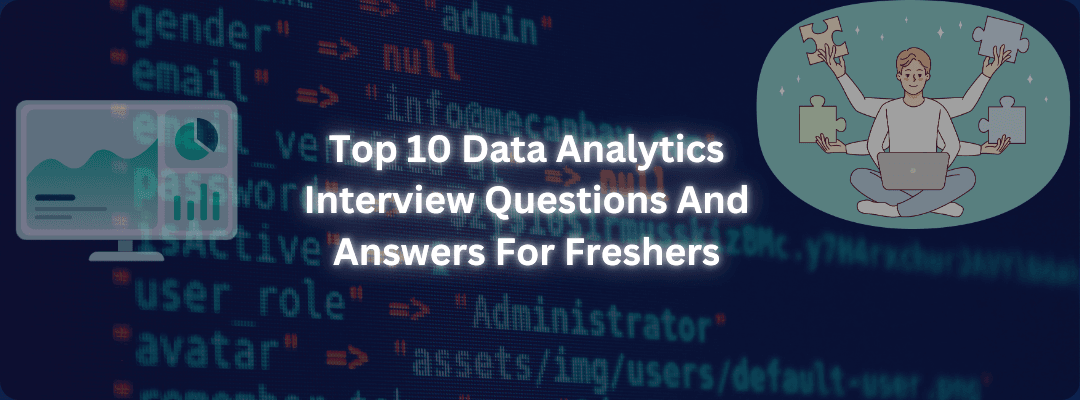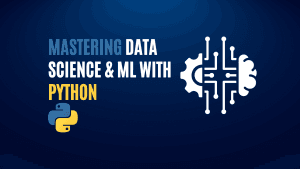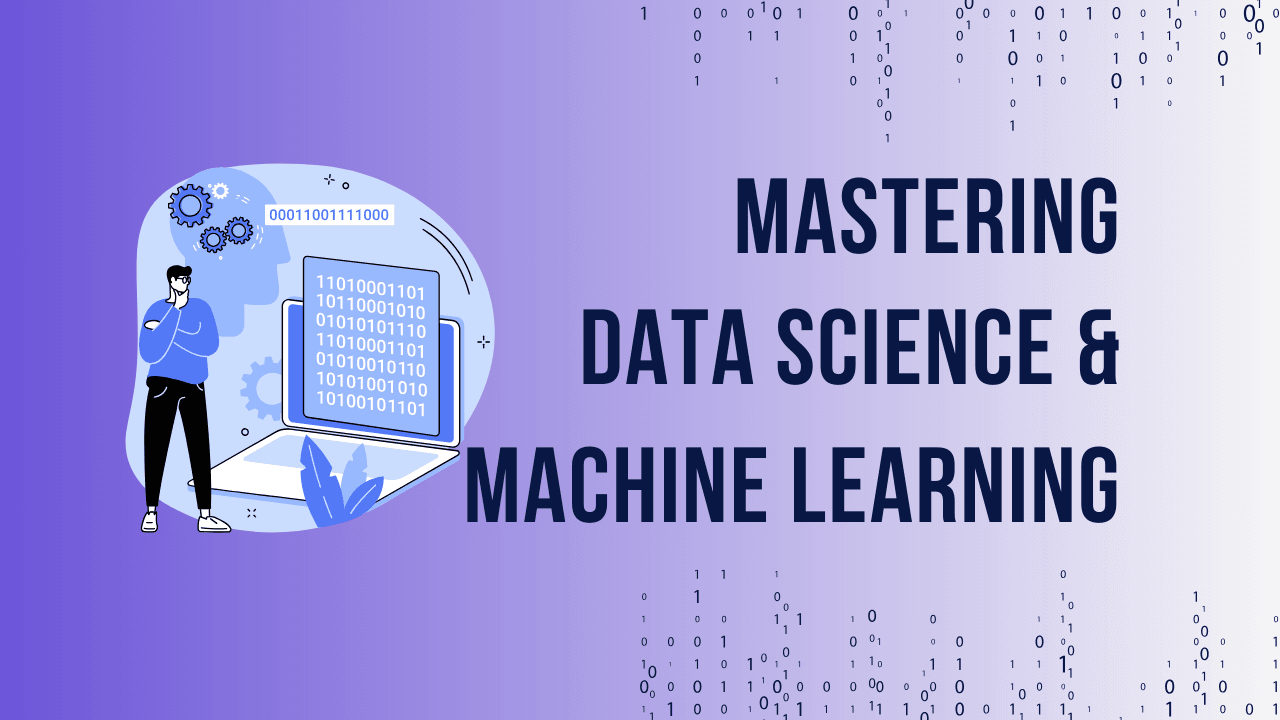Table of Contents
Toggle1. What is Data Analytics?
Data Analytics is the process of examining raw data to identify trends, patterns, and insights. It involves applying statistical methods and algorithms to extract meaningful information that can help in decision-making.
Ready to take you Data Science and Machine Learning skills to the next level? Check out our comprehensive Mastering Data Science and ML with Python course.
2. What are the key steps in a Data Analytics project?
The key steps in a Data Analytics project are:
- Defining the problem
- Data collection
- Data cleaning
- Data analysis
- Interpretation of results
- Visualization and reporting
Ready to take you Data Science and Machine Learning skills to the next level? Check out our comprehensive Mastering Data Science and ML with Python course.
3. What is Data Cleaning, and why is it important?
Data Cleaning involves identifying and correcting errors or inconsistencies in a dataset to ensure data quality. It is important because accurate and clean data leads to more reliable results in data analysis.
4. What are the different types of data?
There are mainly two types of data:
- Structured Data: Organized and stored in a predefined format like tables (e.g., databases, Excel files).
- Unstructured Data: Data that doesn’t have a predefined structure, such as text files, images, and videos.
Ready to take you Data Science and Machine Learning skills to the next level? Check out our comprehensive Mastering Data Science and ML with Python course.
5. What is the difference between Data Analytics and Data Science?
Data Analytics focuses on analyzing existing data to find insights and patterns. Data Science, on the other hand, involves broader processes like data modeling, machine learning, and predictive analytics to create algorithms that solve complex problems.
6. What are some common tools used in Data Analytics?
Some common tools used in Data Analytics include:
- Excel: For basic data manipulation and visualization.
- SQL: For querying databases.
- Python/R: For advanced statistical analysis.
- Power BI/Tableau: For data visualization.
7. Explain the difference between a database and a data warehouse.
A database stores operational data used for daily transactions, whereas a data warehouse is a centralized repository that stores historical data for analysis. Data warehouses are optimized for querying and reporting.
8. What is the purpose of a pivot table?
A pivot table is a tool used in Excel and other spreadsheet software to summarize and organize large datasets. It allows users to group, filter, and aggregate data to analyze trends and patterns.
Ready to take you Data Science and Machine Learning skills to the next level? Check out our comprehensive Mastering Data Science and ML with Python course.
9. What are outliers, and how do you handle them?
Outliers are data points that deviate significantly from the rest of the dataset. They can be handled by:
- Removing them if they are errors.
- Transforming data (log transformation) if outliers skew results.
- Treating them as valuable insights if they represent rare but important occurrences.
10. Can you explain A/B testing in Data Analytics?
A/B testing is a statistical method used to compare two versions of a variable (A and B) to determine which one performs better. It is commonly used in marketing and website optimization to test changes and improve user engagement.
Ready to take you Data Science and Machine Learning skills to the next level? Check out our comprehensive Mastering Data Science and ML with Python course.
Frequently Asked Questions (FAQ)
1. What is Data Analytics?
Answer:
Data Analytics is the process of analyzing raw data to extract valuable insights and trends that help in decision-making. It involves statistical techniques, algorithms, and data modeling.
2. How can I prepare for a Data Analytics interview as a fresher?
Answer:
To prepare for a Data Analytics interview, focus on learning basic concepts such as data cleaning, data analysis, and data visualization. Practice using tools like Excel, SQL, and Python. Also, review common interview questions and answers like those listed in this article.
3. What are some common tools used in Data Analytics?
Answer:
Common tools used in Data Analytics include:
- Excel for data manipulation and basic analysis
- SQL for querying databases
- Python or R for statistical analysis and machine learning
- Power BI or Tableau for data visualization
4. Why is Data Cleaning important in Data Analytics?
Answer:
Data Cleaning is crucial because it ensures the accuracy and quality of the data. Clean data helps in generating reliable and meaningful insights, while unclean data can lead to incorrect results and poor decision-making.
5. What is the difference between Data Analytics and Data Science?
Answer:
Data Analytics focuses on analyzing historical data to find insights, whereas Data Science involves a broader range of techniques, including predictive modeling and machine learning, to solve complex problems.



